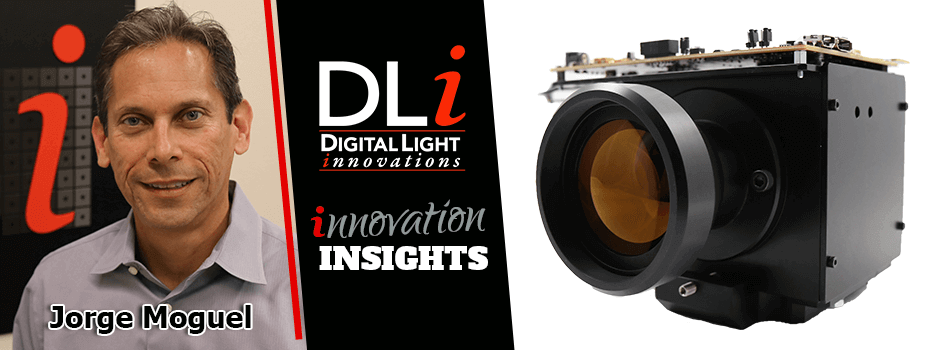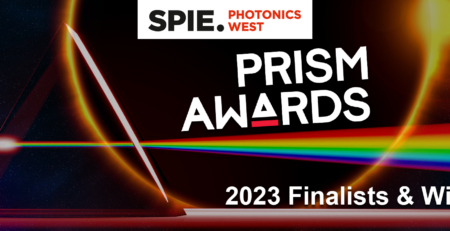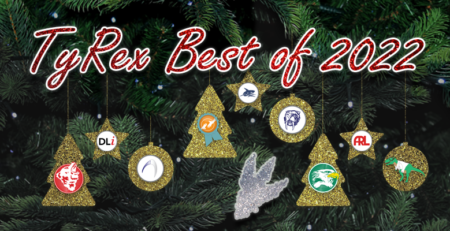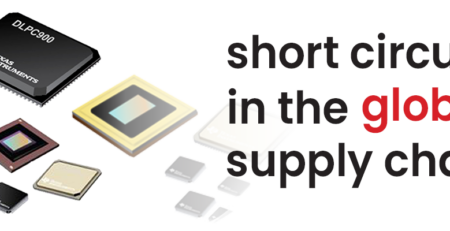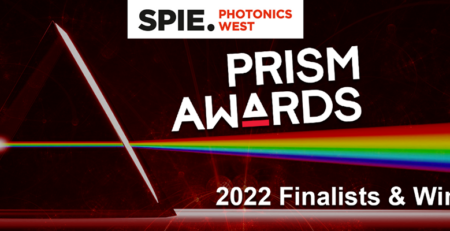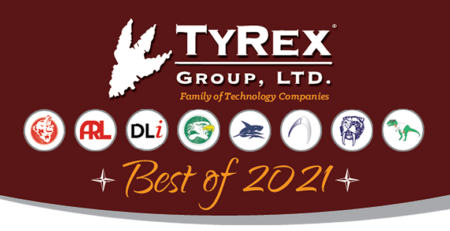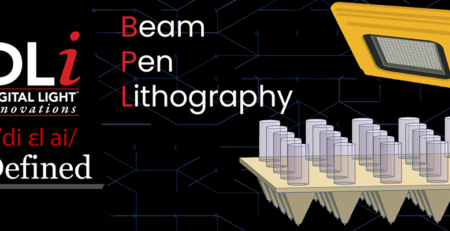Why 3D printing isn’t living up to its potential
Joel Coffman2023-10-26T18:09:32+00:00The growth of the 3D printing industry has been stunted. Let me explain.
The growth of the resin-curing 3D printing industry using DLP technology has been stunted by focusing on developing materials using light engine technology producing UV light at a comfortable 405 nanometers, instead of focusing on advancing the actual light engine technology which controls the curing of the material and getting the most of the material. What’s staring us right in the face is that those materials we’re working so hard to develop for a 405nm wavelength already exist at 365nm.
Photopolymers were originally developed around 365nm – that’s when mercury vapor lamps were used for curing. Despite that fact, the first 3D printers using DLP technology originally used off-the-shelf projectors like you might find at your favorite office supply store – those projectors emit light at 405nm. Before long, the availability of 405nm LEDs grew, and projectors were easily modified to use them.
When the advancement of light engine technology stalled, the focus became to enrich the materials that would work at that wavelength. It made absolute cost-saving sense for any manufacturer to use existing projectors instead of taking on the expense of a custom solution. So if it didn’t cost manufacturers money, what has it really cost them?
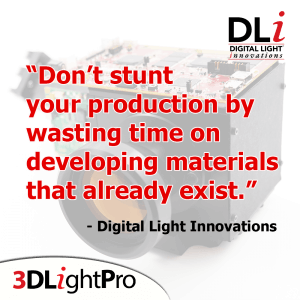
405nm materials don’t make for functional components. They’re good for creating molds and prototypes, but not functional prototypes. Take a camera bag with a male-to-female clip made of 405nm material, for instance – it breaks after a few “clips”. These materials simply don’t hold a candle to those available when using lower wavelengths. Although 405nm materials are used to cast custom production parts, the properties of these photopolymers are not favorable for functional part production.
Imagine going through your design iterations using the same material you’ll use for final production. You’ll accelerate your time to market and take advantage of full production capabilities to realize new, creative, and distinctive products.
Although great progress has been made developing materials that work at 405nm, there’s a large catalog of material at 365nm that’s already proven functional. Again, most photopolymers are optimized for 365nm, yet few venture into 365nm territory. Why?
One factor, if not the primary factor, is the limited availability of innovative DLP light engines for 3D printers. At Digital Light Innovations (DLi), we believe we have a solution to that problem. Our newly-launched 3DLP9000 Light Engine, part of our 3DLightPro product family, is a 365nm DLP light engine optimized for efficient high-volume production. Manufacturers of high-volume products with a need for high repeatability, high predictability and easy maintenance finally have a solution built just for them.
High uniformity, low distortion. With any projector, the edges aren’t as bright as the middle. To compensate, the brightness in the middle is lowered to match the edges. The more the brightness is lowered, the less power is delivered to the resin. The less power delivered to the resin, the slower the print. Uniformity depicts the brightness difference between the middle and the edges, so a higher number is better – low-end, off-the-shelf projectors run as low as 50% uniformity and higher-end projectors are in the 75% range. The 3DLP9000 was designed for 95%+ uniformity.
Distortion is also common in projectors – when what should be a rectangular shape has edges that either bow out or bow in, it’s referred to as distortion. Projecting a 6-inch image with an off-the-shelf projector designed to project a 60-inch image will result in distortion. If an object is printed in a corner of the build area using a high-distortion image, it will come out looking different than the same object printed in the middle of that same build area. Low distortion helps manufacturers maximize the use of build area. The 3DLP9000 was designed for 0.1% distortion. That means that a line drawn diagonally across the array spanning more than 3000 pixels will be off by no more than 3 pixels.
The 3DLP9000 was also designed with alignment and mounting mechanisms to ease the integration into 3D printer enclosures for either top-down or bottom-up projection. This means you’re ready for production quicker and makes for easier maintenance in the field.
Don’t stunt your production by wasting time on developing materials that already exist. Maximize your production with durable materials and a DLP light engine built with industrial manufacturing in mind.
